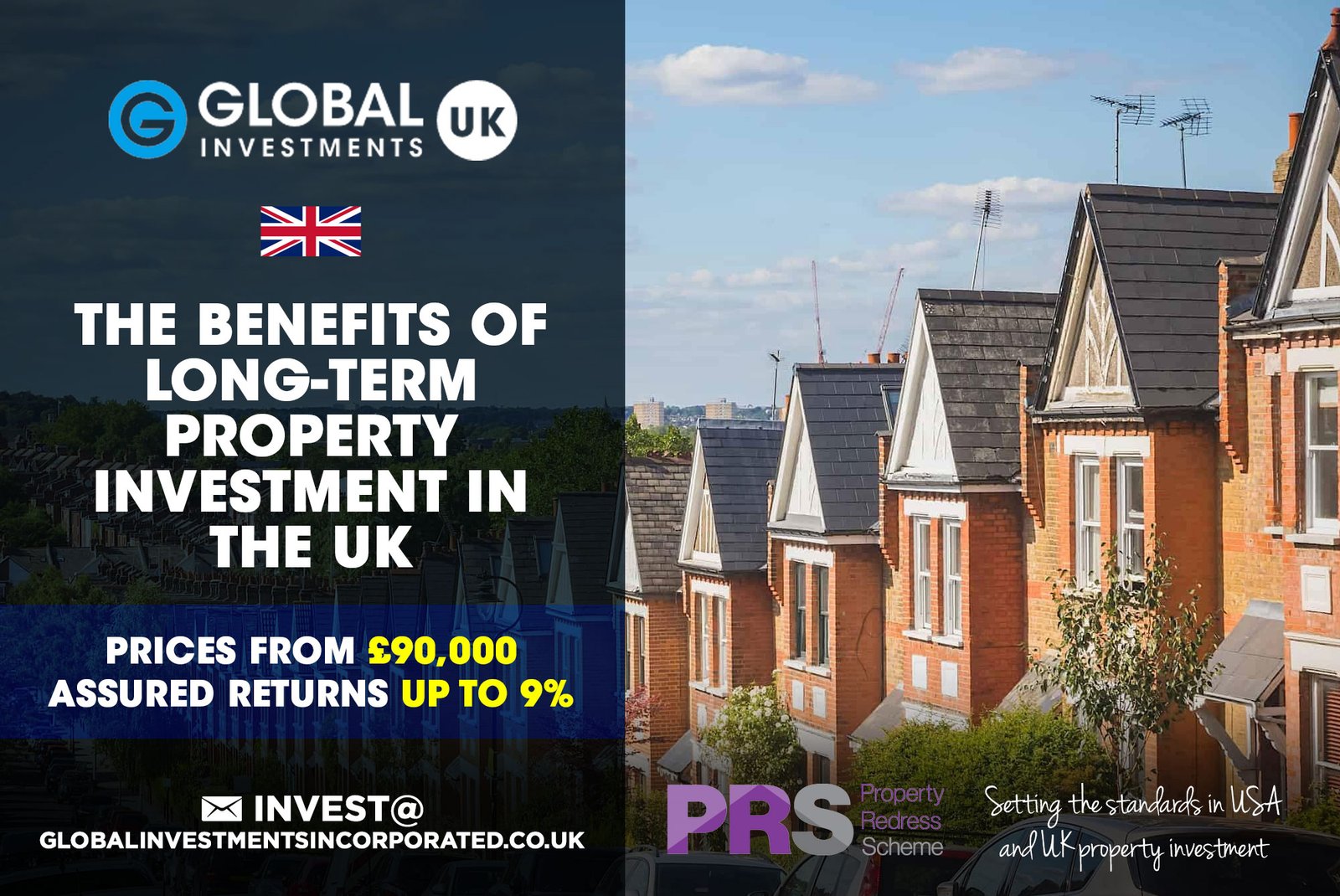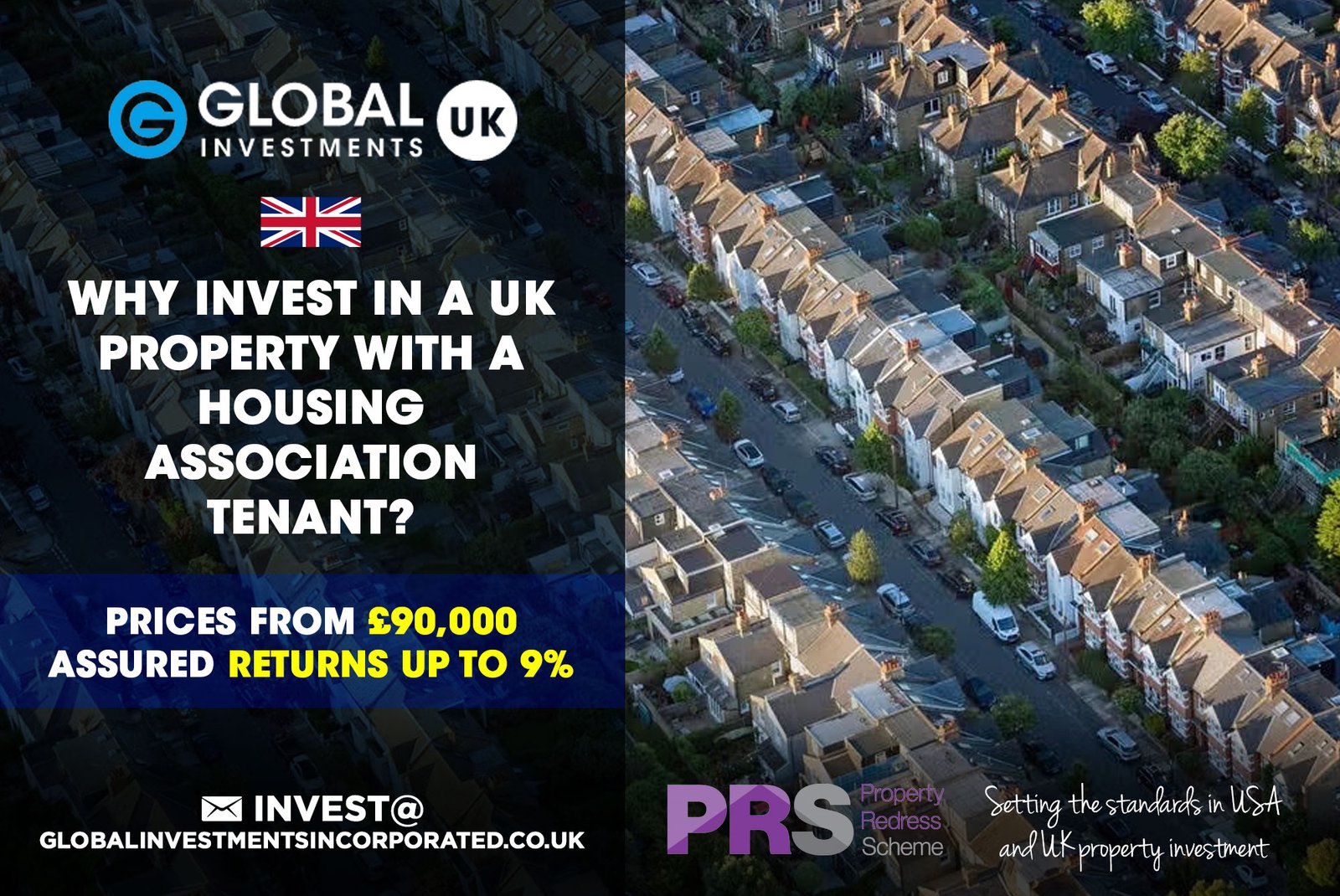
How to make your property buy to let investment work in the UK market
Investing in buy-to-let properties in the UK can be a lucrative endeavour, but it’s essential to approach it with careful planning and consideration. Here we set out some key steps to make your buy-to-let investment work in the UK market. You must research the Market. Start by researching the local property market in the area where you intend to invest. Look for areas with strong rental demand, potential for capital growth, and amenities that attract renters. Setting clear goals allows you to define your investment goals, such as your desired rental yield, investment timeline, and target tenants. Understanding your objectives will help guide your decisions. Budget Wisely. Calculate your budget, including the purchase price, legal fees, stamp duty, renovation costs, and ongoing expenses. Be realistic about your financial capabilities. If available explore your financing options, whether it’s through a buy-to-let mortgage or other means. Consider speaking to a financial advisor or mortgage broker to find the best deal for your situation. Some deals are cash only, these often offer long term leases and decent returns if your able to consider. Select a property that aligns with your investment goals. Consider factors like location, property type, and the potential for future growth and calculate the potential rental yield by estimating the monthly rental income and comparing it to your initial investment. A good yield is typically around 5-8%. Understand the legal and tax implications of buy-to-let investments in the UK. Consider consulting with a tax advisor to optimize your tax strategy and decide whether you’ll manage the property yourself or hire a property management company. Management can be time-consuming, so factor in the cost of professional management if needed. Screen tenants carefully to minimize the risk of non-payment or damage to the property. Ensure that tenants meet all legal requirements and have a good rental history. Regularly maintain the property to keep it in good condition. Promptly address any repair or maintenance issues to maintain the property’s value and appeal. Keep an Eye on the Market, monitor the property market for changes in rental prices and demand. Stay flexible and be willing to adjust your rental rates as market conditions fluctuate. Consider diversifying your property portfolio by investing in different types of properties or in various locations to spread risk. Buy-to-let investments are typically a long-term endeavour. Be patient and expect that it may take several years to see substantial returns. Its important to develop an exit strategy. Understand how and when you plan to sell the property and under what circumstances. Keep up with changes in the rental market, property regulations, and tax laws. Being informed allows you to adapt to market conditions and legal requirements. Investing in buy-to-let properties can be a profitable venture when approached wisely and diligently. It’s important to do your homework, stay organized, and be prepared for the responsibilities that come with property management. Consider seeking advice from experienced property investors or professionals to help you make informed decisions. Here at Global Investments, we have readymade property investments for you. Tenanted ready property offering 8% and 9% net returns along with 10-to-25-year leases. Get in touch with us to find out more.








